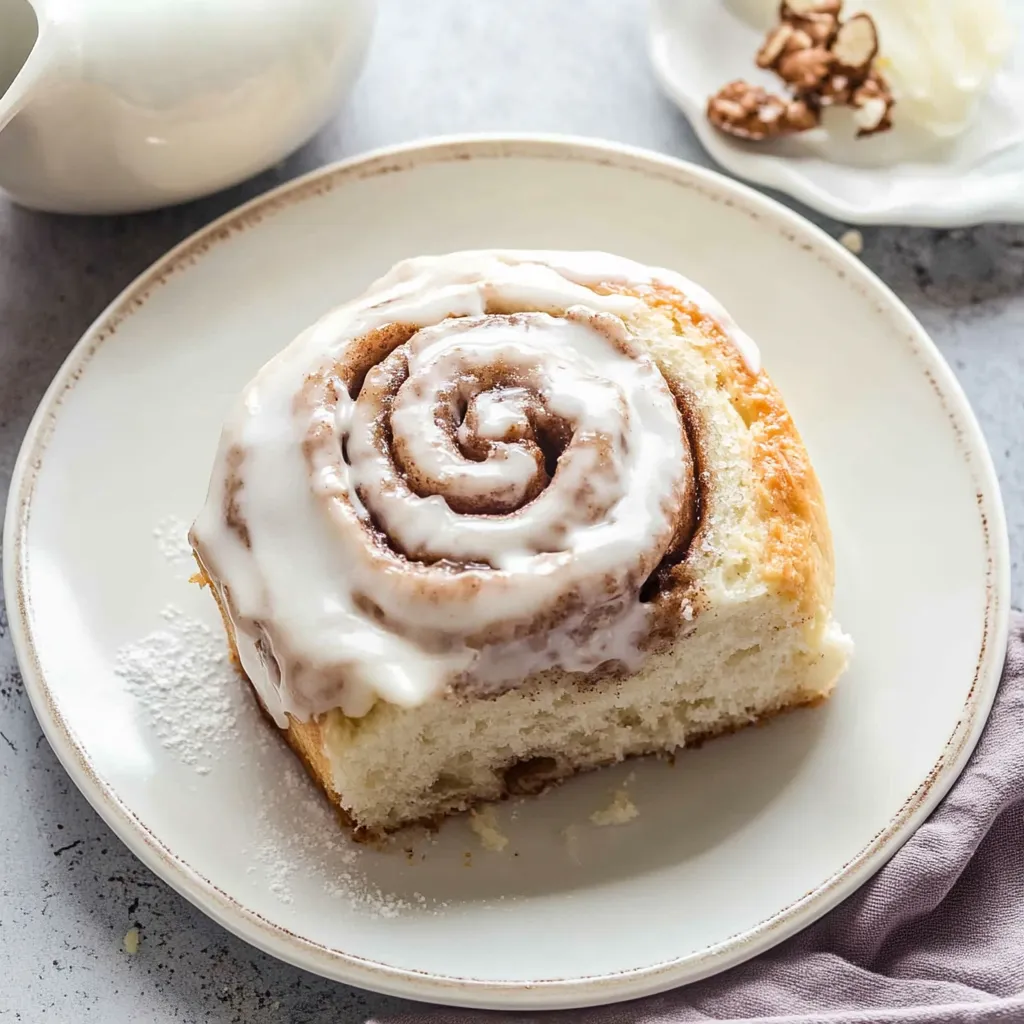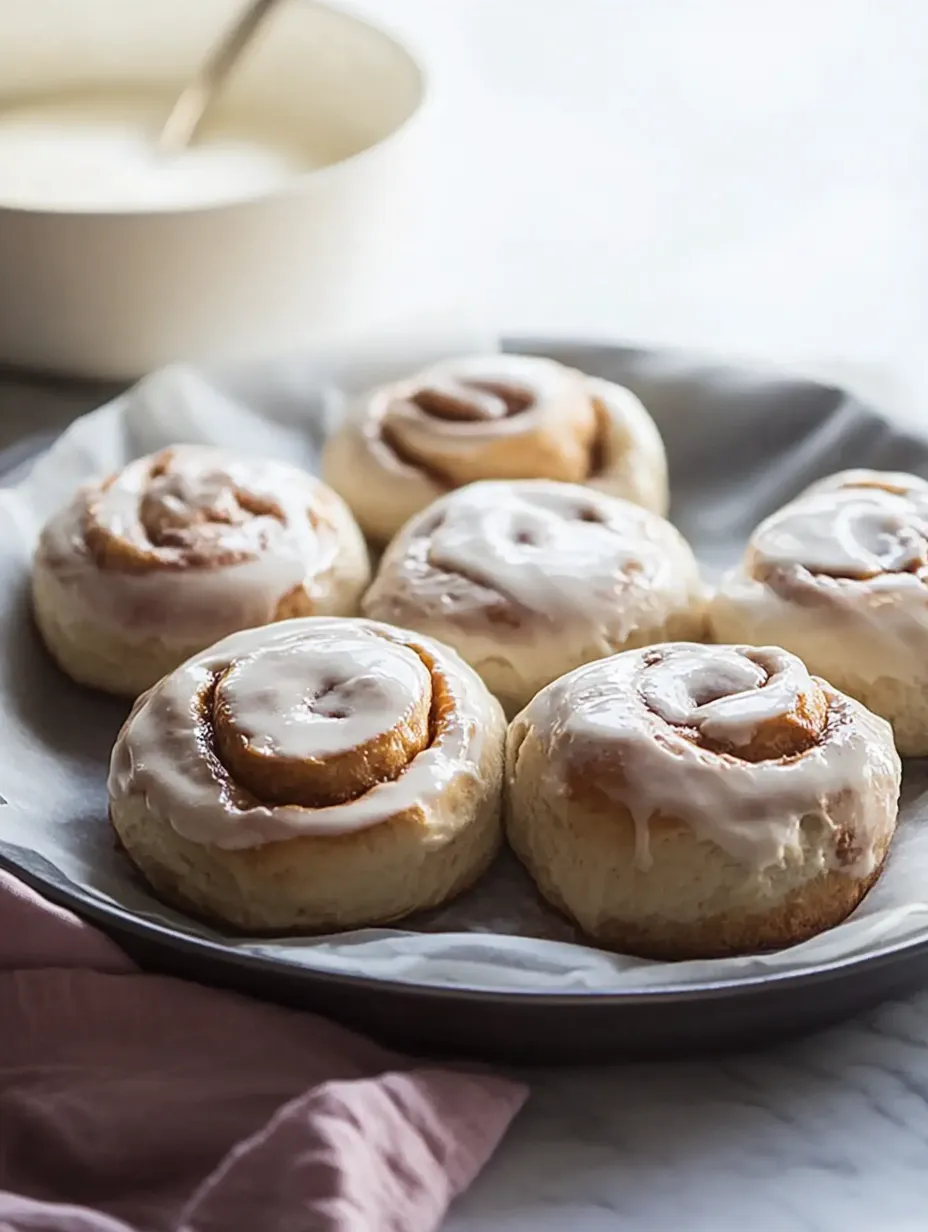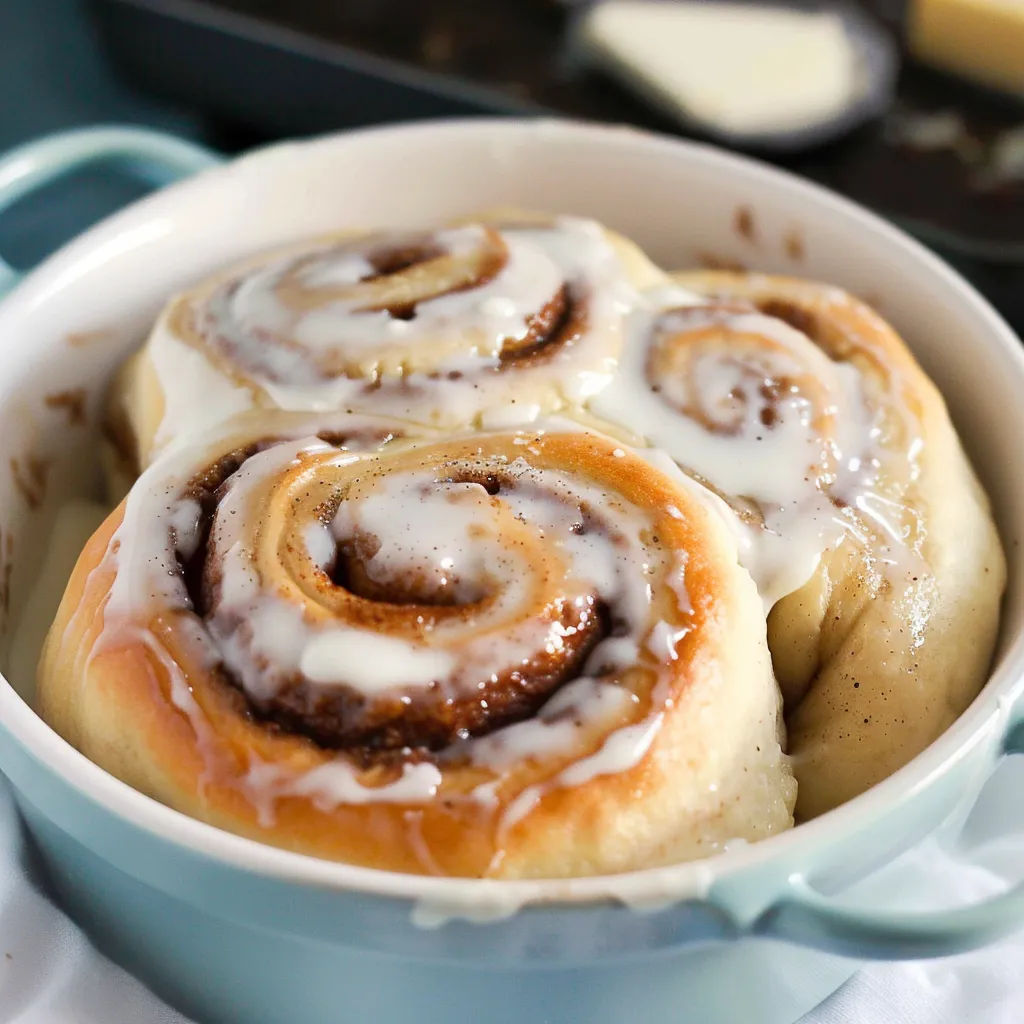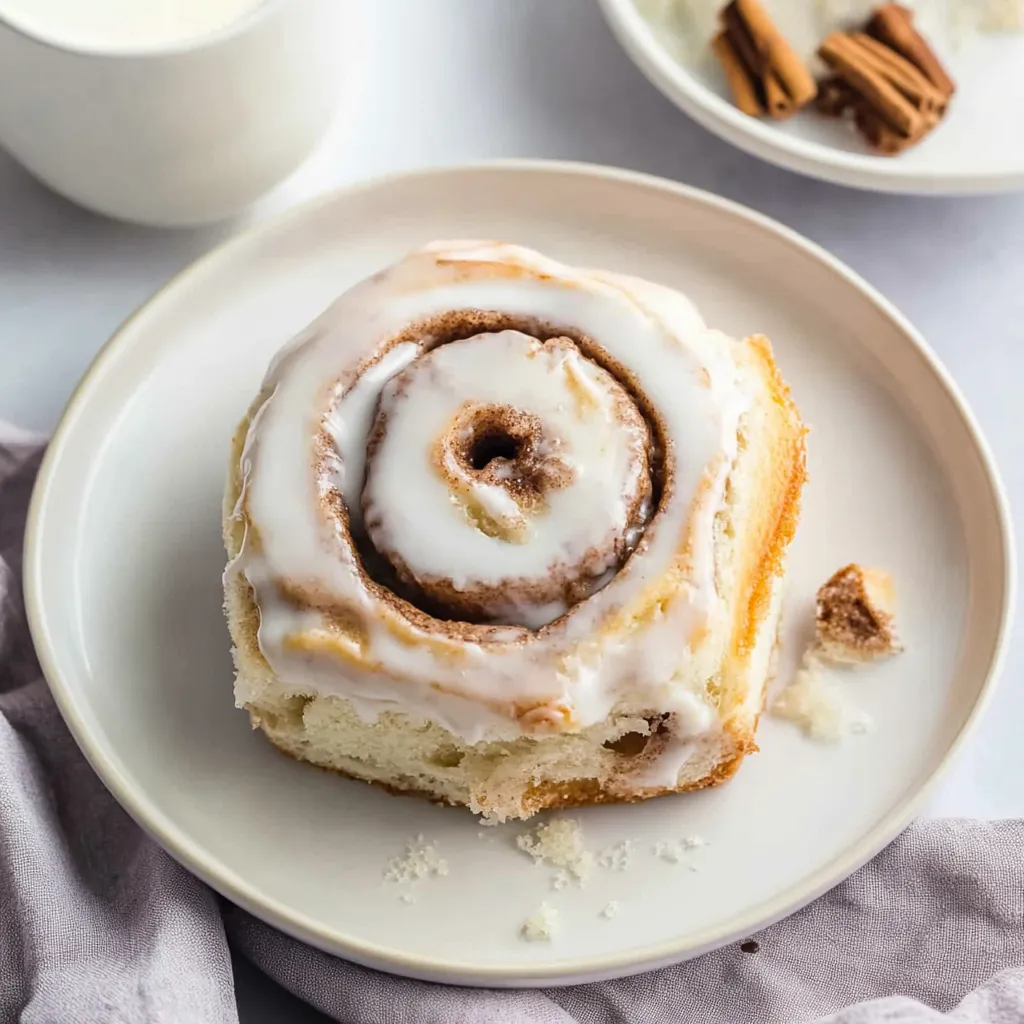 Pin it
Pin it
Fall mornings call for something extraordinary, and these pumpkin scones—soft, warmly spiced, and topped with maple glaze—turn everyday breakfast into something memorable. After countless attempts at perfecting scones, I've learned that making these seasonal treats comes down to mastering the balance of cool ingredients, proper handling, and perfect timing. Every time I bake them, I discover something new about making great pastry.
I made these for a recent autumn get-together and watched everyone's eyes light up with their first taste. Want to know my trick? It's all about keeping that butter ice-cold and handling the dough as little as possible for those dreamy, flaky layers.
Key Ingredients and Smart Shopping
- Pumpkin Purée: Grab plain pumpkin purée instead of sweetened pie filling to control sweetness and moisture yourself.
- Butter: Splurge on premium butter with higher fat content for extra flakiness.
- Eggs: Keep them in the fridge until the last minute to maintain the cool dough temperature.
- Spices: Toss out pumpkin pie spice older than six months—fresh spices make all the difference.
 Pin it
Pin it
Simple Making Process
- Get your butter ready:
- Chop butter into small cubes and pop in the freezer while you gather everything else.
- Combine dry stuff:
- Stir flour, sugar, spices, and rising agents together well to make sure everything's evenly mixed and fluffy.
- Work in butter:
- Mix frozen butter chunks into your dry mix using a pastry tool or your fingertips until it looks like rough sand with some pea-sized butter bits.
- Add wet ingredients:
- Stir pumpkin purée and cold eggs until smooth. Gently fold into your flour mixture with a spatula, stopping as soon as it starts coming together.
 Pin it
Pin it
Forming Your Scones
Dump the dough onto a lightly floured counter. Gently pat it into an 8-inch round about 1½ inches thick. Use a sharp knife to cut straight down into eight triangle pieces. Move them to a baking sheet lined with parchment, leaving about an inch between each piece.
Why Freezing Matters
Stick the shaped scones in the freezer for 20 minutes before baking. This lets the dough relax and the butter get totally cold again, which gives you amazing flaky layers and helps them rise evenly. While they chill, heat your oven to 425°F.
Baking Know-How
Brush the tops with milk and sprinkle some turbinado sugar for extra crunch and golden color. Bake them for 17-22 minutes, but take a peek at 15. You want golden brown edges and tops that bounce back when lightly pressed. Let them cool exactly 10 minutes before adding glaze.
Creating the Maple Topping
- Mix your glaze:
- Stir together authentic maple syrup and powdered sugar until smooth and thick enough to drip slowly. Adjust the thickness as needed.
- Top your scones:
- Pour the glaze over each scone, letting it naturally flow down the sides.
History and Tradition
Though scones began as basic quick breads in Scotland, this pumpkin version celebrates classic American fall flavors. It shows how traditional recipes can grow to include seasonal ingredients while keeping their comforting, satisfying nature.
Tasty Seasonal Twists
- Early Fall: Mix in fresh chopped apple pieces.
- Thanksgiving: Add chopped pecans or swirl in some maple butter.
- Winter Season: Mix in bits of crystallized ginger for extra warmth and shine.
Keeping and Planning Ahead
- Shaped unbaked scones freeze well for up to two months.
- Keep baked scones in a sealed container for up to two days.
- Warm day-old scones in a low oven for 5 minutes to freshen them up.
- If making ahead, add glaze just before serving.
Great Drink Matches
- Tea: Rich black tea with a splash of milk works wonderfully with these spiced treats.
- Chai: The spicy notes in chai tea match perfectly with pumpkin flavors.
- Coffee: A strong cup of coffee cuts through the sweet glaze nicely.
- Apple Cider: Warm apple cider completes the fall feeling.
Serving with Style
- Place on a wooden cutting board for casual family breakfasts.
- Stack on a fancy tiered plate for impressive brunches.
- Add sprigs of fresh herbs or edible flowers for color.
- Offer extra maple glaze in a small pouring cup for those who want more.
Must-Have Kitchen Tools
- A spacious, wide bowl gives you room to mix everything properly.
- A dough scraper helps handle sticky dough and clean your work area.
- Sturdy baking sheets make sure scones cook evenly without burning.
- A soft pastry brush helps coat scones evenly with milk.
- A wire rack prevents sogginess by allowing air to circulate while cooling.
Growing Your Baking Skills
 Pin it
Pin it
You'll learn something new each time you bake these scones. Whether you're just starting out or you've been baking for years, the skills you gain here—like handling dough correctly, spotting the right consistency, and achieving perfect texture—will help with many other recipes down the road.
Secrets from Pro Bakers
- You can actually hear the sound change when butter is properly mixed into flour.
- The feel of the dough in your hands tells you if the moisture level is right.
- Watching how scones bake is more reliable than just following a timer.
- The smell changes in a subtle way when scones have baked to perfection.
Managing Heat and Cold
- In hot weather, work faster and chill ingredients more often.
- Stone countertops like marble help keep butter cold during shaping.
- Use an oven thermometer to make sure your baking temperature is accurate.
- Notice how quickly your glaze hardens since room temperature affects it.
Some Final Thoughts
Making truly great pumpkin scones isn't just about following steps—it's about feeling how ingredients come together. After making countless batches in my kitchen, I've found that success comes from developing a feel for the dough, understanding how temperature plays a role, and taking your time with each step.
Every batch connects us to baking traditions while letting us add our own creative touch. These scones bring comfort and joy, whether they're part of a holiday spread or just enjoyed quietly with your morning coffee.
Frequently Asked Questions
- → What makes tangzhong so special?
- It’s a cooked flour mixture that helps baked goods stay light, airy, and fresh longer.
- → What if I skip refrigerating overnight?
- It’s better for flavor to chill, but you can let it rise at room temp for 2 hours instead.
- → Why not just cut the rolls with a knife?
- Dental floss slices cleanly through dough without squeezing or messing up the shape.
- → Can I freeze these for later?
- Definitely, but only unfrosted. Store them for 2 months, thaw in the fridge, then glaze after warming.
- → Can I get ahead with the glaze?
- For sure, make it up to 48 hours early. Keep it in the fridge and let it soften before spreading.
